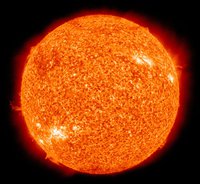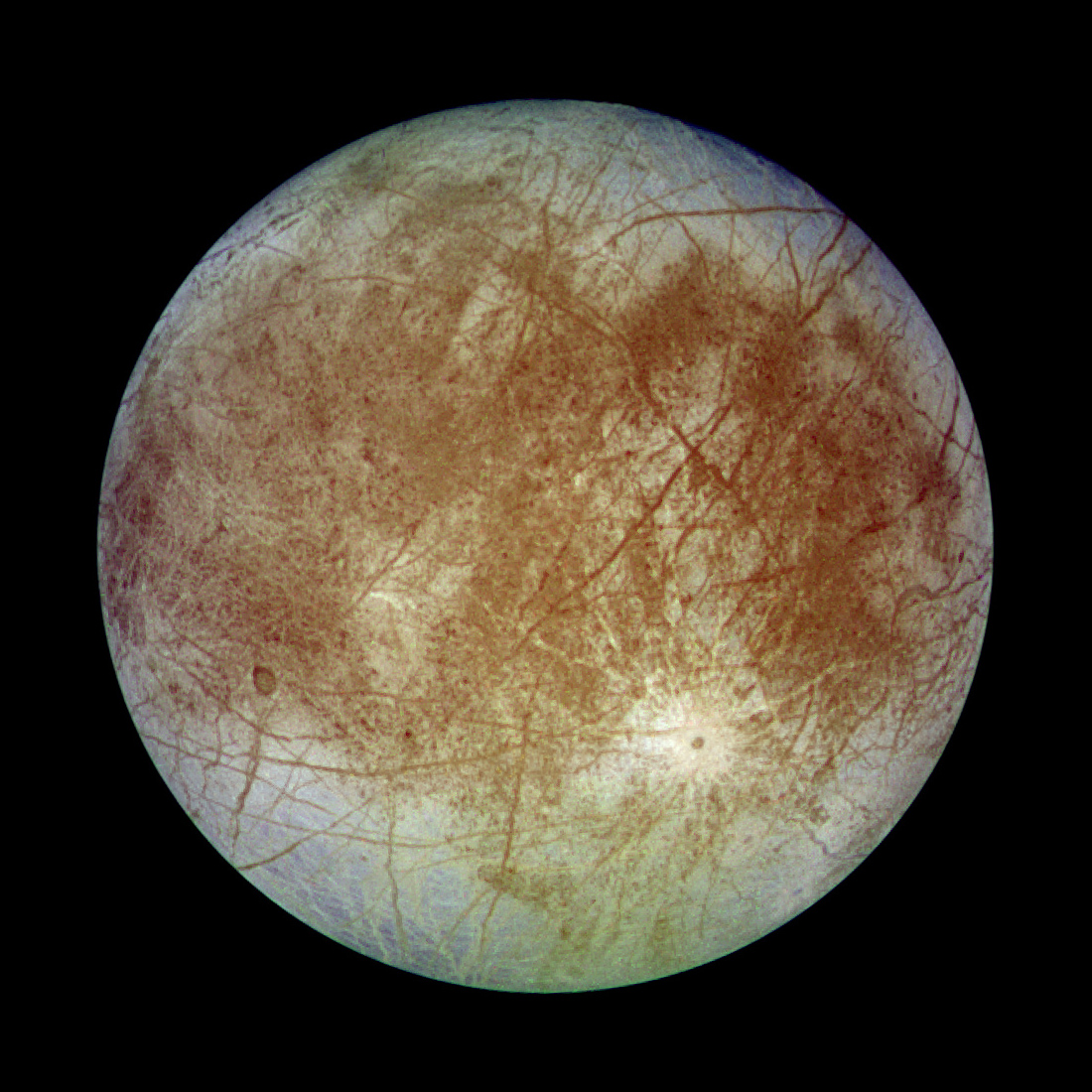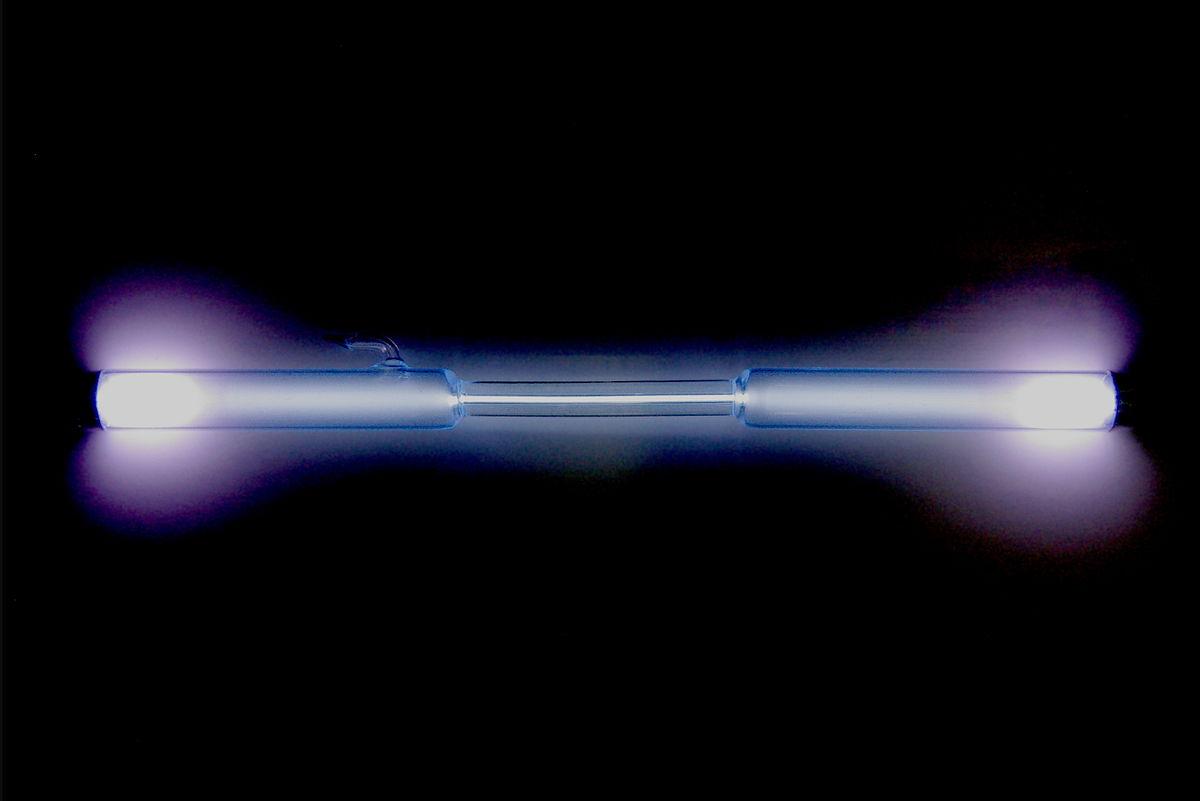
Despite a Sun with lowered luminosity, the early Earth was marked by apparent climate stability, with rare catastrophic glaciations. I will make a case that elevated rates of reverse weathering-the consumption of alkalinity and the release of acidity accompanying clay authigenesis-releases a flux of CO2 to the atmosphere that would have sustained a significantly elevated pCO2 baseline. Although dampened by sluggish kinetics today, more prolific rates of reverse weathering persisted under the pervasively silica-rich conditions that dominated early oceans. As little as 20-30% of marine dissolved silica burial through the reverse weathering sink would have successfully maintained the equable and ice-free environment that characterized most of the Precambrian. Further, during this time, a dynamic negative feedback in which marine pH controlled authigenic clay formation would have prevented large swings in atmospheric CO2 concentrations. The ecological rise of siliceous organisms would have removed this reverse weathering buffer, destabilizing Earth’s climate system, and lowering baseline CO2 levels. We likely need to incorporate reverse weathering into the framework we use to think about planetary habitability and the habitable lifespan of a planet.
 Getting Under Europa’s Skin
Getting Under Europa’s Skin Tracing Formation and Evolution of Outer Solar System Bodies Through Stable Isotopes and Noble Gas Abundances
Tracing Formation and Evolution of Outer Solar System Bodies Through Stable Isotopes and Noble Gas Abundances Photosynthesis, a Planetary Revolution
Photosynthesis, a Planetary Revolution Xenon: King of the Gases
Xenon: King of the Gases